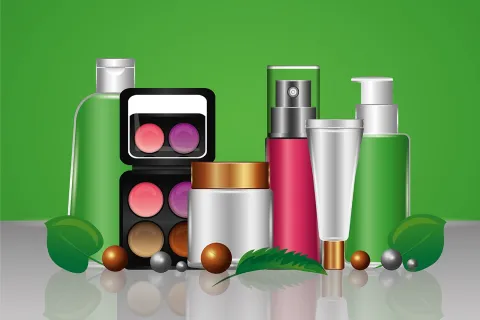
The Modernization of Cosmetics Regulation Act 2022 (MoCRA) represents a pivotal moment in the US FDA's authority over the cosmetics industry, marking a significant update to the regulations established in the Federal Food, Drug, and Cosmetic (FD&C) Act of 1938. Among the array of new requirements introduced by MoCRA, adverse event reporting stands out as a critical component. In this blog, we will delve into the essential requirements and best practices for complying with MoCRA's adverse event reporting provisions.
Adverse Event Reporting
Under MoCRA, a key obligation placed on cosmetic manufacturers is the reporting of serious adverse events related to the use of cosmetic products within the US. The reports should be sent to the US FDA within 15 business days from the moment the company becomes aware of the event. Moreover, the responsible party must include a copy of the label on or within the retail packaging of the cosmetic product. What precisely constitutes a "serious adverse event"? According to the US FDA, it encompasses adverse events leading to death, life-threatening experiences, inpatient hospitalization, persistent or significant disability or incapacity, or congenital anomalies or birth defects.
Best Practices for Adverse Event Reporting
To ensure compliance with MoCRA's adverse event reporting requirements, companies in the cosmetic industry are encouraged to adopt the following best practices:
- Establish a Robust Reporting System: Implement a comprehensive system for collecting and evaluating adverse event reports. This system should encompass protocols for identifying and thoroughly investigating adverse events, including determining whether an event falls under the category of "serious" and is thus reportable under MoCRA.
- Employee Training: It is essential to train employees on the intricacies of adverse event reporting. This should involve instructing them on how to identify and evaluate adverse events, fill out and submit the necessary reports, and keep records related to these occurrences.
- Meticulous Record Keeping: Maintain meticulous and complete records pertaining to each adverse event report linked to the use of cosmetic products. These records must be preserved for a minimum of six (06) years.
- Timely Reporting: Ensure that adverse event reports are submitted to the US FDA promptly and in their entirety, following the 15-business day deadline. Additionally, a copy of the product's label is included as part of the report.
- Continuous Monitoring and Evaluation: Vigilantly monitor and evaluate adverse event reports to detect any emerging trends or patterns that could signal a safety issue with a cosmetic product. If such an issue is identified, take appropriate corrective action, which may include modifying the product's formulation or labeling or initiating a product recall.
In summary, MoCRA introduces an array of new requirements for the cosmetics industry, with adverse event reporting being a key focus. Companies should establish comprehensive systems for collecting and evaluating adverse event reports, train their workforce on reporting protocols, maintain thorough records, submit reports in a timely manner, and actively monitor and assess adverse event reports to detect and address safety concerns promptly. With an expert Regulatory team, Freyr can guide you in adhering to these best practices, enabling companies not only to fulfill MoCRA's requirements for adverse event reporting but also to enhance the overall safety of cosmetic products.
Book a meeting with our experts to learn more about MoCRA adverse event reporting.









